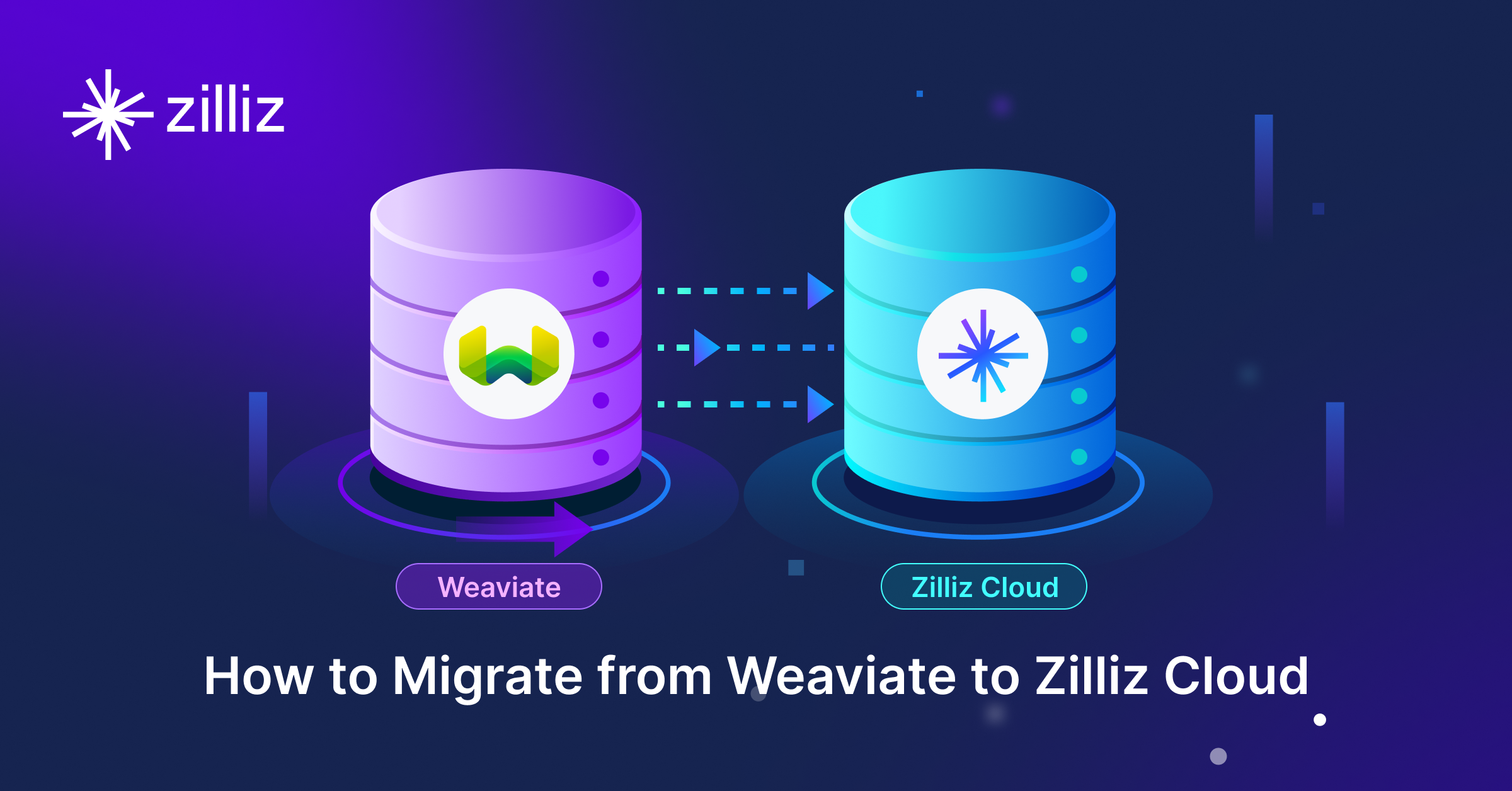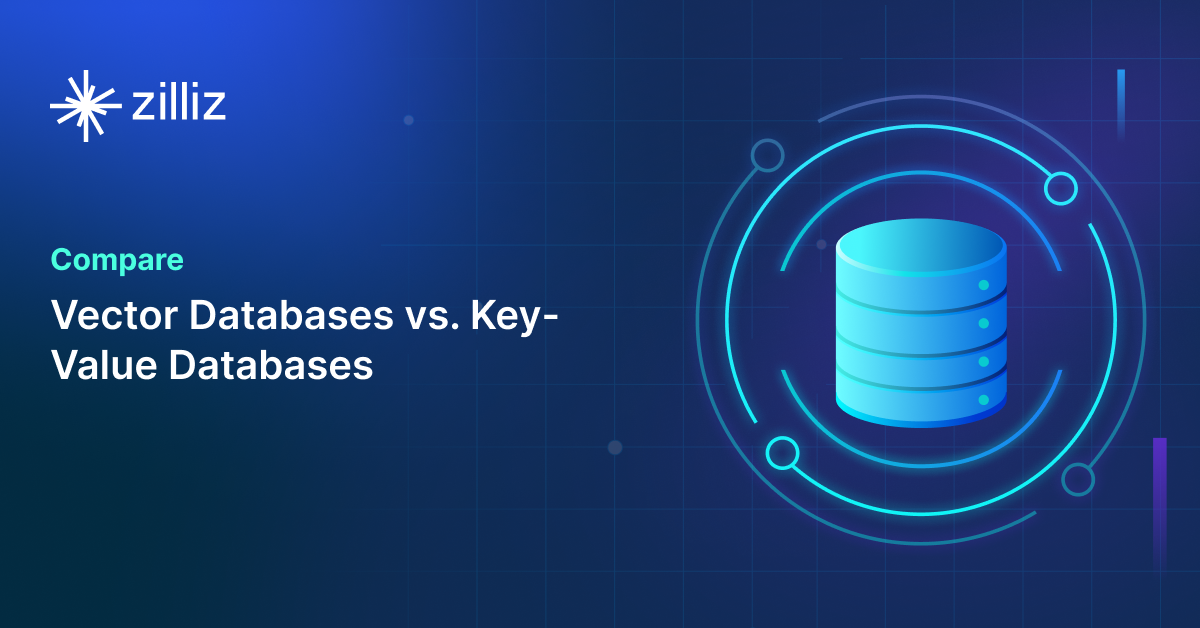SingleStore vs Redis Choosing the Right Vector Database for Your AI Apps

What is a Vector Database?
Before we compare SingleStore and Redis, let's first explore the concept of vector databases.
A vector database is specifically designed to store and query high-dimensional vectors, which are numerical representations of unstructured data. These vectors encode complex information, such as the semantic meaning of text, the visual features of images, or product attributes. By enabling efficient similarity searches, vector databases play a pivotal role in AI applications, allowing for more advanced data analysis and retrieval.
Common use cases for vector databases include e-commerce product recommendations, content discovery platforms, anomaly detection in cybersecurity, medical image analysis, and natural language processing (NLP) tasks. They also play a crucial role in Retrieval Augmented Generation (RAG), a technique that enhances the performance of large language models (LLMs) by providing external knowledge to reduce issues like AI hallucinations.
There are many types of vector databases available in the market, including:
- Purpose-built vector databases such as Milvus, Zilliz Cloud (fully managed Milvus)
- Vector search libraries such as Faiss and Annoy.
- Lightweight vector databases such as Chroma and Milvus Lite.
- Traditional databases with vector search add-ons capable of performing small-scale vector searches.
SingleStore is a distributed, relational, SQL database management system and Redis is an in-memory database and both have vector search as an add-on. This post compares their vector search capabilities.
SingleStore: Overview and Core Technology
SingleStore has made vector search possible by putting it in the database itself, so you don’t need separate vector databases in your tech stack. Vectors can be stored in regular database tables and searched with standard SQL queries. For example, you can search similar product images while filtering by price range or explore document embeddings while limiting results to specific departments. The system supports both semantic search using FLAT, IVF_FLAT, IVF_PQ, IVF_PQFS, HNSW_FLAT, and HNSW_PQ for vector index and dot product and Euclidean distance for similarity matching. This is super useful for applications like recommendation systems, image recognition and AI chatbots where similarity matching is fast.
At its core SingleStore is built for performance and scale. The database distributes the data across multiple nodes so you can handle large scale vector data operations. As your data grows you can just add more nodes and you’re good to go. The query processor can combine vector search with SQL operations so you don’t need to make multiple separate queries. Unlike vector only databases SingleStore gives you these capabilities as part of a full database so you can build AI features without managing multiple systems or dealing with complex data transfers.
For vector indexing SingleStore has two options. The first is exact k-nearest neighbors (kNN) search which finds the exact set of k nearest neighbors for a query vector. But for very large datasets or high concurrency SingleStore also supports Approximate Nearest Neighbor (ANN) search using vector indexing. ANN search can find k near neighbors much faster than exact kNN search sometimes by orders of magnitude. There’s a trade off between speed and accuracy - ANN is faster but may not return the exact set of k nearest neighbors. For applications with billions of vectors that need interactive response times and don’t need absolute precision ANN search is the way to go.
The technical implementation of vector indices in SingleStore has specific requirements. These indices can only be created on columnstore tables and must be created on a single column that stores the vector data. The system currently supports Vector Type(dimensions[, F32]) format, F32 is the only supported element type. This structured approach makes SingleStore great for applications like semantic search using vectors from large language models, retrieval-augmented generation (RAG) for focused text generation and image matching based on vector embeddings. By combining these with traditional database features SingleStore allows developers to build complex AI applications using SQL syntax while maintaining performance and scale.
Redis: Overview and Core Technology
Redis was originally known for its in-memory data storage and has added vector search capabilities through the Redis Vector Library which is now part of Redis Stack. This allows Redis to do vector similarity search while keeping its speed and performance.
The vector search in Redis is built on top of its existing infrastructure, using in-memory processing for fast query execution. Redis uses FLAT and HNSW (Hierarchical Navigable Small World) algorithms for approximate nearest neighbor search which allows for fast and accurate search in high dimensional vector spaces.
One of the main strengths of Redis vector search is that it can combine vector similarity search with traditional filtering on other attributes. This hybrid search allows developers to create complex queries that consider both semantic similarity and specific metadata criteria, so it’s versatile for many AI driven applications.
The Redis Vector Library provides a simple interface for developers to work with vector data in Redis. It has features like flexible schema design, custom vector queries and extensions for LLM related tasks like semantic caching and session management. This makes it easier for AI/ML engineers and data scientists to integrate Redis into their AI workflow, especially for real-time data processing and retrieval.
Key Differences
Search Methodology and Algorithms
SingleStore gives users multiple options for search algorithms, making it adaptable to different use cases. The system implements both exact k-nearest neighbors (kNN) and Approximate Nearest Neighbor (ANN) search methods. For ANN specifically, SingleStore supports FLAT, IVF_FLAT, IVF_PQ, IVF_PQFS, HNSW_FLAT, and HNSW_PQ indexing methods. This variety allows developers to balance between search accuracy and speed based on their specific needs.
Redis takes a more streamlined approach to vector search algorithms. It focuses on two main implementations: FLAT and HNSW (Hierarchical Navigable Small World). Both systems support common similarity metrics like dot product and Euclidean distance, giving users the standard tools needed for vector similarity calculations.
Data Management and Architecture
SingleStore stands out by integrating vector search directly into its SQL database system. This integration means developers can store vectors in standard database tables and combine vector searches with regular SQL operations. The system allows users to run complex queries without switching between different databases, and they can filter vector search results using standard SQL conditions. This unified approach simplifies the architecture and reduces the complexity of managing multiple systems.
Redis builds its vector search capabilities on top of its existing in-memory architecture through Redis Stack. This design choice maintains Redis's signature speed while adding vector functionality. The system offers hybrid search capabilities that combine vector similarity with metadata filtering, all while keeping the architecture straightforward and focused on performance.
Scalability Approaches
SingleStore uses a distributed architecture for handling large-scale vector operations. The system spreads data across multiple nodes, allowing users to scale by adding more nodes as their data grows. This distributed approach means SingleStore can handle increasing data volumes while maintaining performance, making it suitable for growing applications.
Redis leverages its proven in-memory processing model for vector search operations. While the provided documentation doesn't detail its exact scaling mechanisms for vector search, the system maintains Redis's characteristic speed for vector operations, making it efficient for many use cases.
Integration and Usage
SingleStore provides a SQL-based interface for vector operations, making it familiar for teams already working with SQL databases. The system has specific technical requirements: vector indices only work on columnstore tables, must be created on a single vector data column, and currently support Vector Type(dimensions[, F32]) format, with F32 as the only supported element type. These requirements create a structured framework for vector operations.
Redis offers integration through its Vector Library, which provides a range of features designed for modern AI applications. The system includes flexible schema design capabilities, custom vector queries, and specific extensions for language model tasks. It also provides tools for semantic caching and session management, making it particularly suitable for AI-driven applications.
When to Choose SingleStore
SingleStore for applications that need a full SQL database with vector search, especially for large scale distributed data processing, complex SQL with vector search, or when working with teams already familiar with SQL systems - especially for enterprise applications that need to maintain data consistency while doing vector operations.
When to Choose Redis
Redis for applications that need speed and simplicity, especially for fast in-memory vector processing, flexible schema design or language model integration - especially for real-time applications, AI driven systems that need quick vector similarity search or projects where in-memory performance is key.
Summary
It’s SingleStore or Redis - your choice depends on your use case - SingleStore is a full SQL database with vector capabilities, great for complex distributed apps and Redis is a high performance vector search solution built on its in-memory architecture. Your choice should be based on data size, query complexity, performance needs and whether you need a full database or a vector search solution.
Read this to get an overview of SingleStore and Redis but to evaluate these you need to evaluate based on your use case. One tool that can help with that is VectorDBBench, an open-source benchmarking tool for vector database comparison. In the end, thorough benchmarking with your own datasets and query patterns will be key to making a decision between these two powerful but different approaches to vector search in distributed database systems.
Using Open-source VectorDBBench to Evaluate and Compare Vector Databases on Your Own
VectorDBBench is an open-source benchmarking tool for users who need high-performance data storage and retrieval systems, especially vector databases. This tool allows users to test and compare different vector database systems like Milvus and Zilliz Cloud (the managed Milvus) using their own datasets and find the one that fits their use cases. With VectorDBBench, users can make decisions based on actual vector database performance rather than marketing claims or hearsay.
VectorDBBench is written in Python and licensed under the MIT open-source license, meaning anyone can freely use, modify, and distribute it. The tool is actively maintained by a community of developers committed to improving its features and performance.
Download VectorDBBench from its GitHub repository to reproduce our benchmark results or obtain performance results on your own datasets.
Take a quick look at the performance of mainstream vector databases on the VectorDBBench Leaderboard.
Read the following blogs to learn more about vector database evaluation.
Further Resources about VectorDB, GenAI, and ML
- What is a Vector Database?
- SingleStore: Overview and Core Technology
- Redis: Overview and Core Technology
- Key Differences
- Using Open-source VectorDBBench to Evaluate and Compare Vector Databases on Your Own
- Further Resources about VectorDB, GenAI, and ML
Content
Start Free, Scale Easily
Try the fully-managed vector database built for your GenAI applications.
Try Zilliz Cloud for FreeKeep Reading

Why Teams Are Migrating from Weaviate to Zilliz Cloud — and How to Do It Seamlessly
Explore how Milvus scales for large datasets and complex queries with advanced features, and discover how to migrate from Weaviate to Zilliz Cloud.

Migrating from S3 Vectors to Zilliz Cloud: Unlocking the Power of Tiered Storage
Learn how Zilliz Cloud bridges cost and performance with tiered storage and enterprise-grade features, and how to migrate data from AWS S3 Vectors to Zilliz Cloud.

Vector Databases vs. Key-Value Databases
Use a vector database for AI-powered similarity search; use a key-value database for high-throughput, low-latency simple data lookups.
The Definitive Guide to Choosing a Vector Database
Overwhelmed by all the options? Learn key features to look for & how to evaluate with your own data. Choose with confidence.